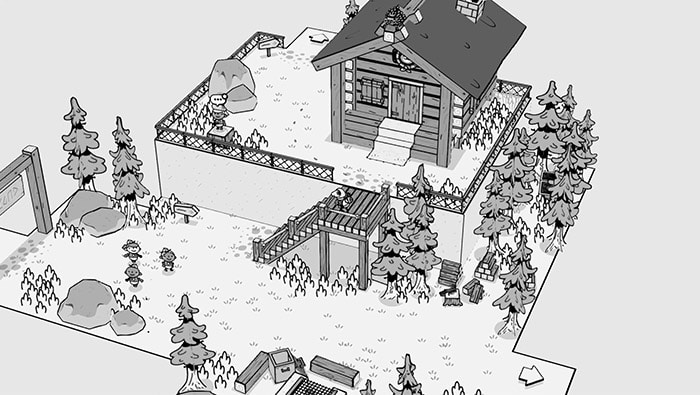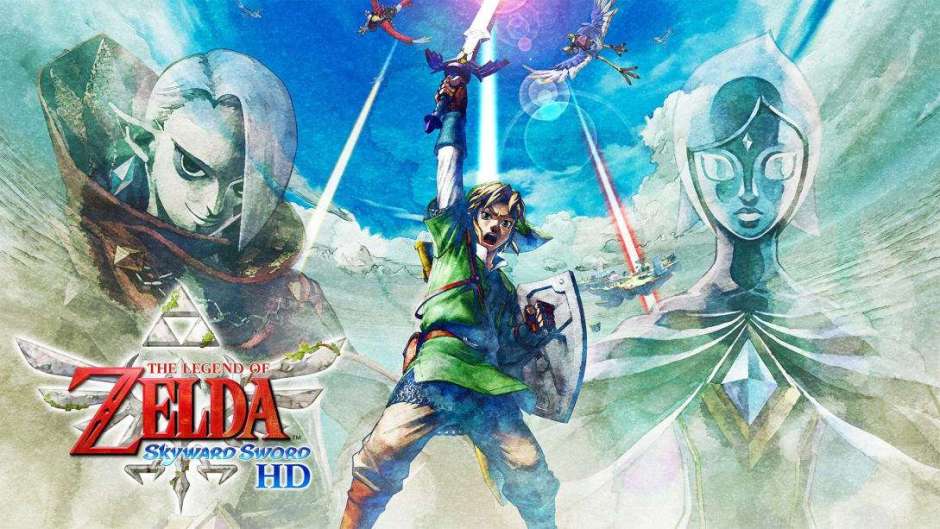Throughout its lifetime, Final Fantasy has been defined by a number of eras in its numbered games. The initial three games were set apart from their peers by being NES games that used a charge-based magic system instead of MP. The next three numbered Final Fantasy games we're all on the SNES, and FF4 and FF6 were better known as Final Fantasy 2 and 3 in the US. Next came the PS1 era ushered by Final Fantasy 7, and the PS2 era began with Final Fantasy 10. However, late in this era, Square Enix would begin a new trend in Final Fantasy by grouping upcoming titles into long-term multimedia projects.
The first of these was the Compilation of Final Fantasy 7 in 2004, which is still running today after an extended absence. The second, announced in 2006, is the Fabula Nova Crystallis. The Fabula Nova Crystallis anthology is a set of games and novellas that share mythology alongside various terms and concepts. The main entries in this series are the Final Fantasy 13 trilogy, and the Final Fantasy Type-0 games. Final Fantasy 15 was also planned to be a part of this collection while it was Final Fantasy Versus 13, but this was discarded when it changed development direction. With Final Fantasy 13 returning to the public eye on Xbox Game Pass, now is a good time to review what exactly went into this almost decade-long part of the Final Fantasy franchise. Since this requires discussion of some obscure lore, please note that this article contains spoilers for Final Fantasy 13 and Type-0.
RELATED: Final Fantasy Games Need More Sequels
Underlying Themes of the Fabula Nova Crystallis Project
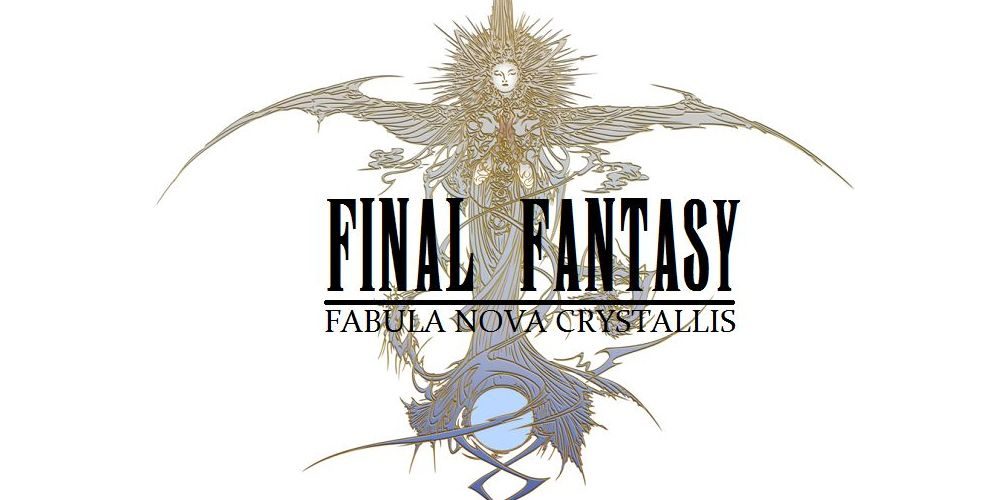
Fabula Nova Crystallis was meant to be a reinterpretation of what Final Fantasy had been. Focusing on the shared mythology that included certain common terms like fal'Cie, l'Cie, and the standard Final Fantasy fixation on crystals, the Crystallis entries gradually built up a backstory for their shared universe. Most of the details came from the Final Fantasy 13 trilogy, but Type-0 did offer a bit of additional detail. Lore was dispersed in a very scattered manner, almost always portrayed as bits and pieces of larger works or mythos within the games' universes. Datalogs and characters would reference them, but little in the way of hard explanation was given, even when central figures to this mythos showed up in the latter two 13 titles. Fabula Nova Crystallis games focused on a core group of human characters who fought to change their fate set by higher powers, leaving little room for players to see the larger picture.
The backstory begins with the god Bhunivelze killing his mother Mwynn, seizing control of all reality. However, fearing that his mother had placed a death curse on reality, Bhunivelze wanted to follow his mother to the unseen realm (meaning the afterlife), totally destroy her, and seize complete power. However, because the unseen realm is firmly separated from the realm of the living, he could not reach her without abandoning his control over reality. So, Bhunivelze created the godlike fal'Cie Lindzei, Pulse, and Etro. Lindzei and Pulse were sent to work creating a world that could serve Bhunivelze's ambitions, but Etro was given no power because she looked unnervingly like Mwynn. Shunned and lonely, Etro reached the gateway between the visible and unseen realms by killing herself and met Mwynn there. Before she was absorbed into the primordial chaos, Mywnn entrusted the gate of souls to Etro. Lindzei used Etro's spilled blood to create humans. Etro then gifted the humans with small pieces of Chaos, as she felt compassion for them. The underlying goal of the villains of FF13 and Type-0 then became overloading Etro's Gate via humanity's extinction.
RELATED: All of the Final Fantasy Games Available to Play on Xbox Game Pass
Final Fantasy 13 and the Fabula Nova Crystallis
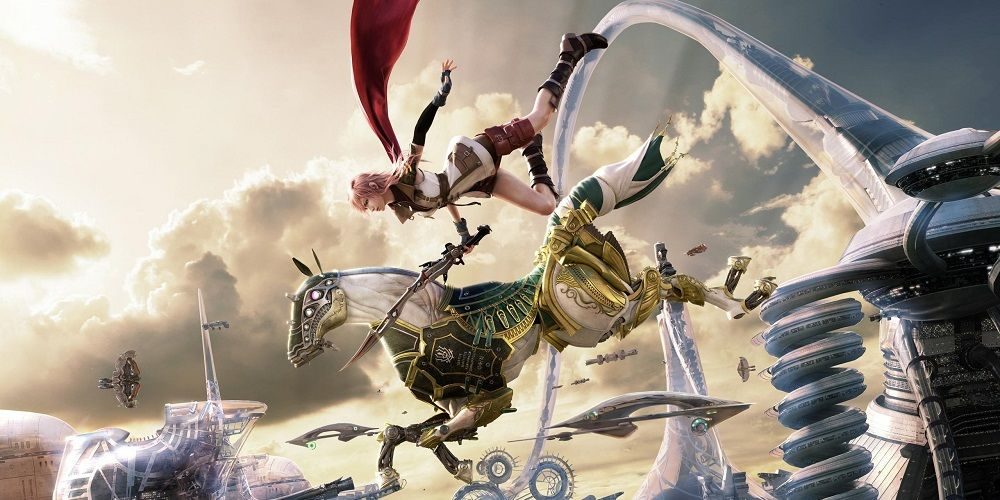
That creation myth is the backbone that informs all of the Fabula Nova Crystallis stories. Again, however, this is only revealed to players piecemeal throughout the FF13 trilogy. It might have actually been intended to be doled out across many more games, but 13-2 and Lightning Returns were approved for development when other Crystallis games drifted off track, so they ended up being the primary vehicles for this information. Initially, Final Fantasy 13 was only meant to be the leading entry of the Fabula Nova Crystallis in 2009, with its brethren Final Fantasy Agito 13 and Final Fantasy Versus 13 coming later. FF13 was the only one released under its proposed name, with Versus 13 becoming FF15 and ending up completely divorced from the anthology.
Final Fantasy 13 focused on a group of Pulse l'Cie, most of whom were Cocoon citizens, fighting to escape their fate of destroying the world. Their opponents, and nefarious benefactors, are the biomechanical demigod fal'Cie, which are not to be confused with the deific fal'Cie that had created them. In the end, Etro needed to intervene to prevent the death of the main cast and everyone on Cocoon, so in 13-2, Lightning is whisked away to serve as her protector. This 2011 sequel sees Lightning's sister Sarah and the time traveler Noel fight against the seemingly unstoppable Caius Ballad in an effort to save Lightning and Etro. Unfortunately, Caius wins, leading to the 2013 Lightning Returns taking place several days before the end of the world. Lightning, now serving as Etro's replacement under Bhunivelze, must shepherd the souls of those who remain to the next world so they can be reincarnated. This far cry from the original concept did not go unnoticed by fans, but it did serve as a fitting conclusion to the Fabula Nova Crystallis story as a whole.
Type-0's Place in the Fabula Nova Crystallis
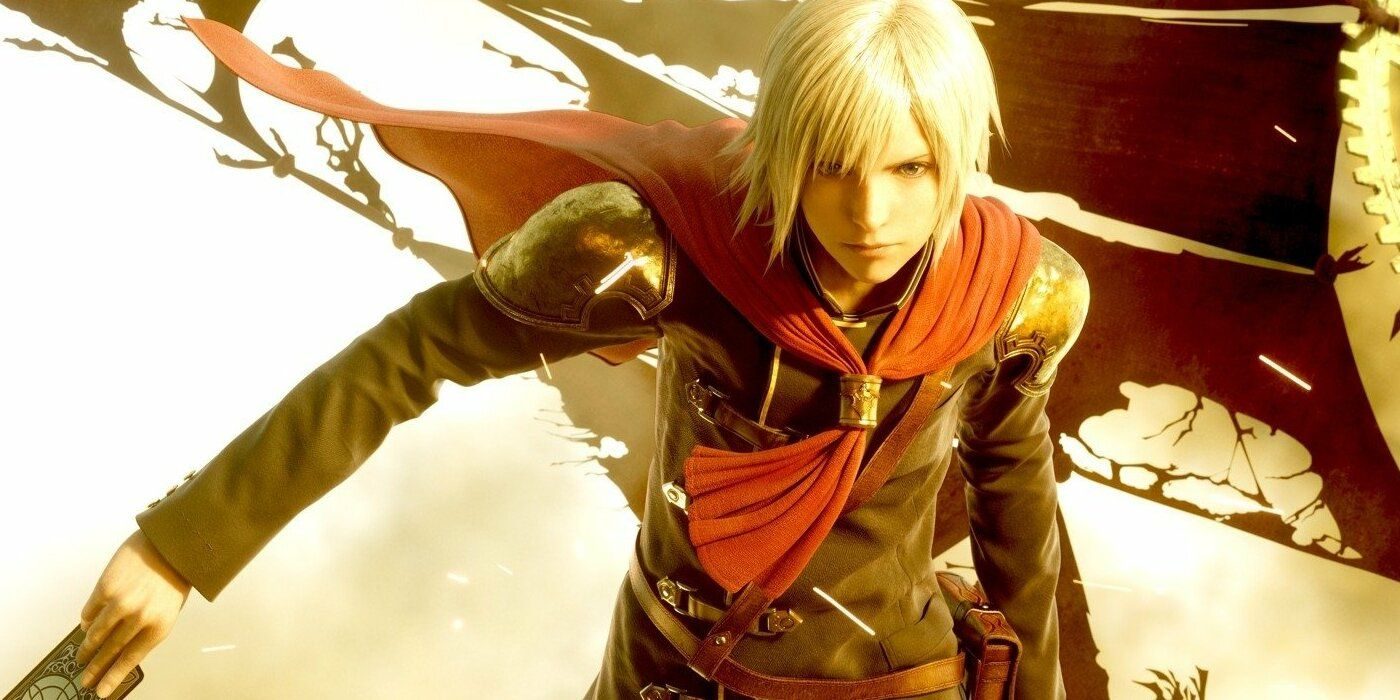
That leaves Final Fantasy Type-0, formerly known as Final Fantasy Agito 13. Type-0 was formerly a PlayStation Portable game in 2011, and then to PlayStation 4, Xbox One, and PC in 2015. Type-0 tells the story of a class of students fighting to save their school and country from other warring nations and the cosmic machinations of the crystals that preside over them all. While Fabula Nova Crystallis is meant to be an anthology of sorts, Type-0 still comes off as a side story even within its own multiverse. It is largely self-contained, and because the proposed sequel Type-Next was never released due to the director Hajime Tabata leaving the company, it remains as an odd companion piece to Final Fantasy 13.
Type-0 shares a number of similarities with Final Fantasy 13 itself. The most notable is the presence of the l'Cie, which are created from people selected by the crystals to serve them. Type-0 also received two mobile sequels, one being Active-Time Battle RPG Final Fantasy Agito, and the other being a hack-and-slash gacha game called Final Fantasy Awakening. Nothing of note happened in either and they have since shut down. Fabula Nova Crystallis now stands as a bizarre, tangled, and slightly misguided era of Final Fantasy's history, but none can deny that an entire generation of gamers has lived knowing it as what Final Fantasy was. It's far enough away now to be remembered for its more interesting points, and, hopefully, Final Fantasy 16 will be able to take some lessons from it and FF15 regarding scope.
MORE: Final Fantasy 16 Will Likely Follow This Trend From The Series

